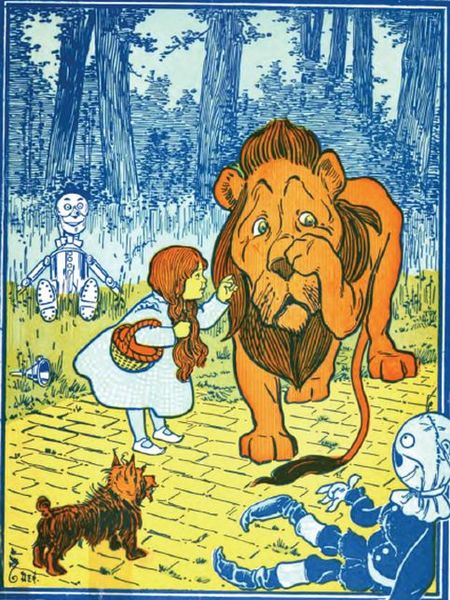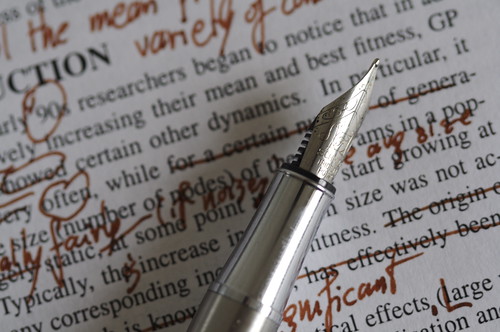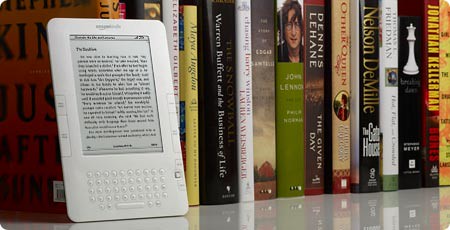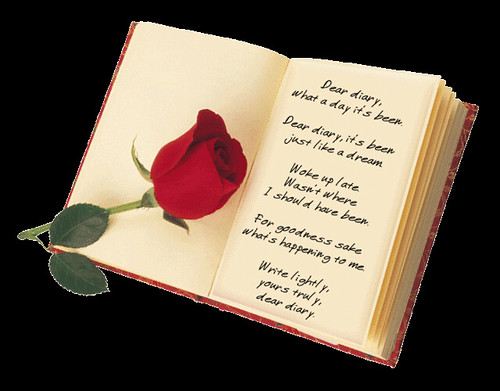One of the most iconic characters of all time is also the most confused. Mary Poppins on the page isn't a whole lot like the Disney version that would become famous three decades later. Mary Poppins was heavily adapted for the screen, yet the film version is probably more well-known than the book that came first.
The Book
Mary Poppins was published in 1934 by P. L. Travers, and it became only the first in an 8-book series that would spawn decades and even generations. But the first book created a legendary character that all children, young and old, recognize immediately...as Julie Andrews.
Like the Disney film, the book revolves around the Banks family. They
live at Number Seventeen Cherry Tree Lane in London. In the book, Mr.
and Mrs. Banks have four children, not two. In addition to Jane and
Michael, there is a pair of twins named John and Barbara. Mary Poppins
arrives at the house on a gust of wind quite soon after Katie Nana, the
nanny, storms out of the family home in a snit.
Mary Poppins is cross, stern and vain -- but also magical, and
wonder follows wherever she goes. They go on a trip around the world
using a compass, experience a tea party on the ceiling, meet a bird
woman, even celebrate a birthday party at the zoo with the animals. At
the end of the book, the west wind blows Mary Poppins away from the
Banks family because her work is done.
The Film
Disney released their Mary Poppins in 1964, with a then-unknown actress in the title role. Julie Andrews was a rising star on Broadway but she wasn't anyone on film...until 1965. Andrews scored the Oscar for her portrayal of Mary and became a legend as a result.
Rumor has it that Walt Disney himself tried to get the rights to the
book as early as 1938, but Travers turned him down because she didn't
want to see an animated version of her book. It wasn't until she was
granted script approval, in 1961, that she relented and let him make the
film.
It's still one of the best Disney ever made. Putting the script and songs together alone took around two years, and Julie Andrews almost didn't do the role. Other actresses, like Bette Davis and Angela Lansbury, were being considered because the book Mary was prim and cool. Andrews was much warmer, but Walt Disney wanted her for the role after seeing her performing on Broadway. When Audrey Hepburn was confirmed to play the lead in the film version of My Fair Lady (a role Andrews had hoped to get), she agreed to become Mary.
With Dick van Dyke in the supporting cast, the Disney version of Mary Poppins became a fun, musical tale filled with grinning chimney sweeps and colorful characters -- not to mention, animated friends. It's a true Disney flick...and in true Disney fashion, it was changed and re-arranged to no end with very little regard to the original narrative. They'll do it to history, they'll do it to any book.
What Got Adapted?
Mary Poppins isn't pretty. Nor is she sweet and charming and fun. In fact, she's rather cool and quite stern (which is why Bette Davis was considered for the cinema version). Jane and Michael are quite a bit worse than the movie would have you believe. Many little things are changed throughout the plot.
Bert hardly appears in the book; his role was greatly beefed up because why wouldn't you want more of Dick van Dyke? He does go with Mary to the country through the painting...but not with the kids. Admiral Boom is mentioned but once in the book, only in passing. The entire chimney sweep scene in the movie is fabricated; there isn't really any reference to Bert being a chimney sweep in the original story. The bank run is also a fabrication for the film; it just doesn't happen.
The overall theme of the story was also changed, in my opinion for the worse. The book is more focused on the children. Mary Poppins is there to teach them how to use their imagination, and be better people. In the movie, she changes Mr. Banks and makes him less of a workaholic so he spends more time with them.
That said, Mary Poppins is still one of the most wonderful movies Disney's ever made, and a true classic that everyone should keep watching. The narrative of the book isn't a cohesive thread exactly; the way it's written, it reads more like a book that should be read to children. It's a perfect book for bedtime, and a sweet read for older people. But if you're going to give the original a try, brace yourself for a lot of differences.
































